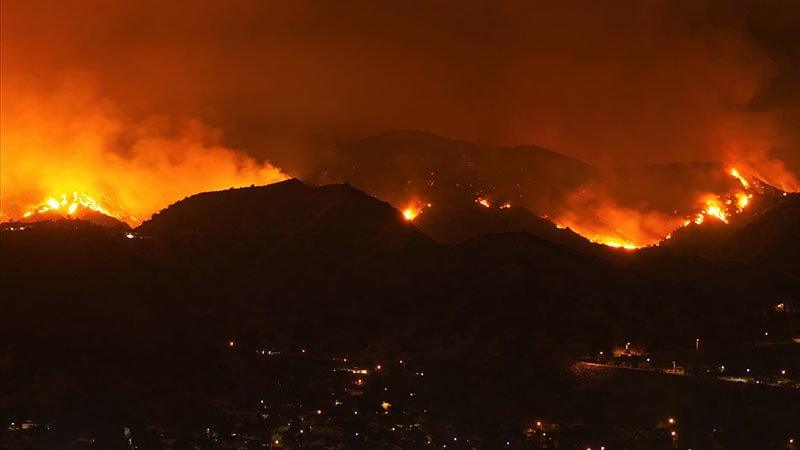TOPLINE:
Greater exposure to fire smoke with particulate matter smaller than 2.5 microns (PM2.5) is associated with increased risk for rheumatoid arthritis (RA) and RA-associated interstitial lung disease (RA-ILD) in subsequent years.
METHODOLOGY:
- Researchers conducted a case-control study using data from the US Veterans Affairs dataset (October 2009 – December 2018) to determine the association between exposures to fire smoke and other pollutants with the risk of developing RA and RA-ILD.
- Overall, 9701 patients with RA (mean age, 65 years; 86% men), including 531 patients with RA-ILD (mean age, 69 years; 91% men), were analyzed alongside 68,851 matched control individuals.
- The primary pollutant was fire smoke with PM2.5, and secondary pollutants included 1-hour maximum concentrations of carbon monoxide, nitrogen oxides, and sulfur dioxide; the 8-hour maximum ozone levels; and the 24-hour average PM10.
- Exposure data were collected over a 1-year period following Veterans Affairs enrollment.
TAKEAWAY:
- Increased exposure to fire smoke with PM2.5 was not associated with overall RA. However, exposure within 1-3 years and 3-5 years prior to RA diagnosis was associated with a 12% (95% CI, 1.03-1.23 per 1 μg/m3) and 13% (95% CI, 1.02-1.26 per 1 μg/m3) increased risk, respectively.
- Fire smoke also nearly doubled the risk for RA-ILD (adjusted odds ratio [aOR], 1.98; 95% CI, 1.08-3.62 per 1 μg/m≥), particularly at concentrations ≥ 0.28 μg/m3.
- Elevated levels of nitrogen oxide were associated with a 16% increased risk for RA (aOR, 1.16; 95% CI, 1.06-1.27).
- The highest quartiles of exposure to ozone (aOR, 1.19; 95% CI, 1.06-1.34) and PM10 (aOR, 1.25; 95% CI, 1.10-1.43) were specifically associated with seronegative RA, whereas carbon monoxide, overall PM2.5, and sulfur dioxide were negatively associated with RA.
IN PRACTICE:
“Programs for controlling and reduction of air pollutants, along with screening adapted for at-risk population, can potentially result in positive effects on health outcomes,” the authors of an accompanying editorial wrote.
SOURCE:
This study was led by Vanessa L. Kronzer, MD, MSCI, Division of Rheumatology, Mayo Clinic, Rochester, Minnesota. It was published online on January 12, 2025, in Arthritis & Rheumatology.
LIMITATIONS:
There was a selection bias because of missing information for control individuals. Men and those with a smoking history were overrepresented, limiting the generalizability of the findings. Additionally, pollutant exposure misclassification may have occurred due to sparse monitoring in rural areas, and potential confounders, including socioeconomic status, season, occupational exposures (such as burn pits), and genetics, could not be assessed.
DISCLOSURES:
This study received support by grants and awards to authors from Veterans Affairs, the Rheumatology Research Foundation, the National Institute of Arthritis and Musculoskeletal and Skin Diseases, the National Institutes of Health, US Department of Defense, and the National Aeronautics and Space Administration. Several authors reported receiving research support and consulting fees from different pharmaceutical companies.
This article was created using several editorial tools, including AI, as part of the process. Human editors reviewed this content before publication.
Source link : https://www.medscape.com/viewarticle/wildfire-smoke-exposure-raises-risk-rheumatoid-arthritis-and-2025a10001ao?src=rss
Author :
Publish date : 2025-01-20 09:27:14
Copyright for syndicated content belongs to the linked Source.
